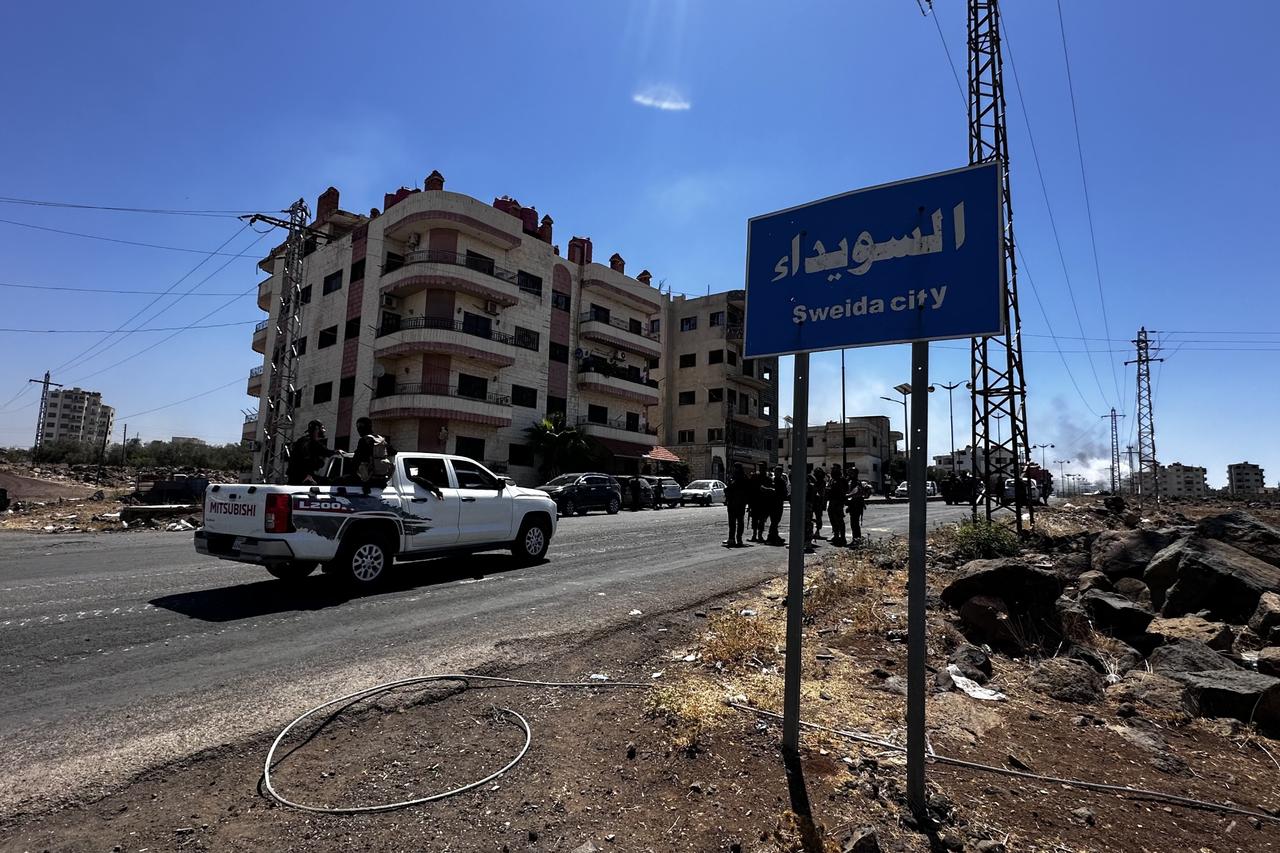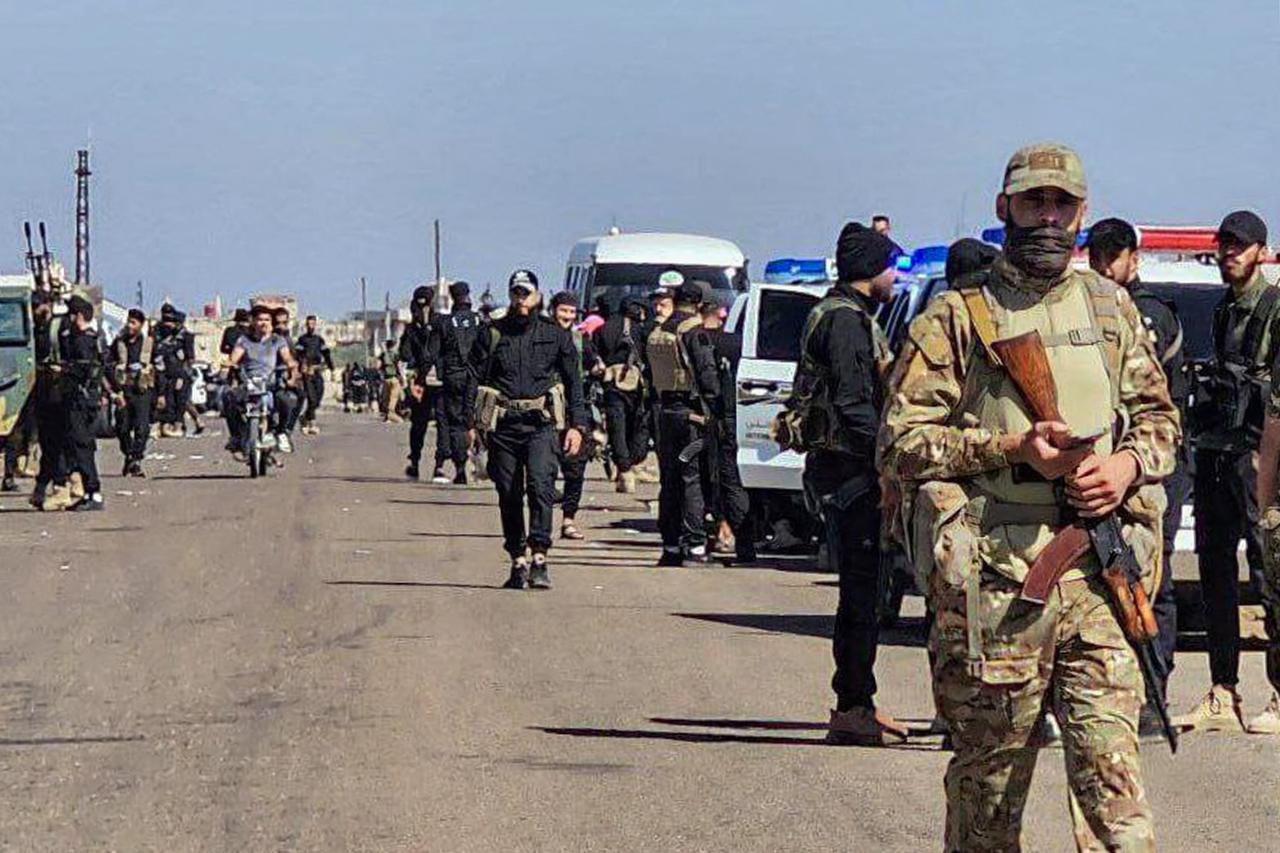
After eight months of negotiations and sporadic clashes, the Syrian government managed to establish control over the Druze-majority governorate of Sweida. What began as a dispute over smuggling between Bedouins and Druze militias paved the way for Damascus to expand its control over southern Syria.
Since the fall of the Assad regime, Damascus had been unable to control the Sweida governorate. In the city, the Druze community was split into two camps. On one side, Druze religious leaders Shaikh Hannavi and Shaikh Jarbuwa, alongside military leaders like Laith al-Balous, welcomed the entry of government institutions to Sweida—but demanded a local security role for the Druze. This demand was accepted by the new Syrian government.
On the other side, Shaikh Hajari and the newly founded Sweida Military Council rejected the entry of government institutions into Sweida and demanded a form of decentralization for the Druze community. Israel positioned itself as the protector of this Druze political stance. Shaikh Hajari did not conceal his communication with Israel, and the Sweida Military Council allegedly received funding and equipment from Israel.
For quite some time, Damascus and the first group of Druze leaders tried to implement the agreement signed in May 2025. According to this agreement, the Druze militias of Rijal al-Qaramah, Liwa al-Jabal, and Rijal al-Shaikh al-Qaramah would be integrated into the Interior Ministry and become the local security force in Sweida. However, the Sweida Military Council and Shaikh Hajari obstructed the implementation.
Damascus found itself caught between its need to monopolize the use of force and assert government control over Sweida, and the Druze leadership’s inability to implement the agreement. For long, military enforcement seemed unlikely due to Israeli threats against Damascus.

On July 11, the American special envoy for Syria, Thomas Barrack, stated that there would not be a separate governance entity for the Druze, Alawites, or Kurds in Syria. This statement effectively undermined the Israeli position of preventing a unified Syria. Many perceived it as an American green light for the Syrian government.
Furthermore, negotiations between Syria and Israel were progressing positively. Jordan also desired government control over Sweida to curb smuggling along its border with Syria.
When fighting broke out between Bedouin tribes and Druze militias, Damascus seized the opportunity to enter Sweida to ensure security and prevent sectarian violence. While the Sweida Military Council and Shaikh Hajari fought government forces, other Druze militias coordinated and communicated with Damascus.
Druze factions loyal to Hajari failed to prevent government forces from entering Sweida, and Israel conducted only symbolic airstrikes with minimal impact. As a result, the Syrian government forces appear to have successfully extended their control over Sweida.